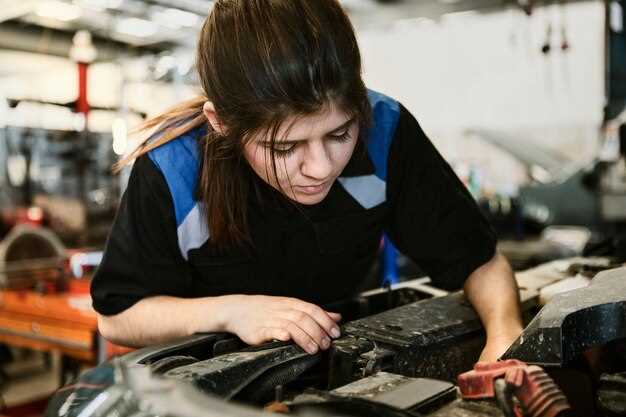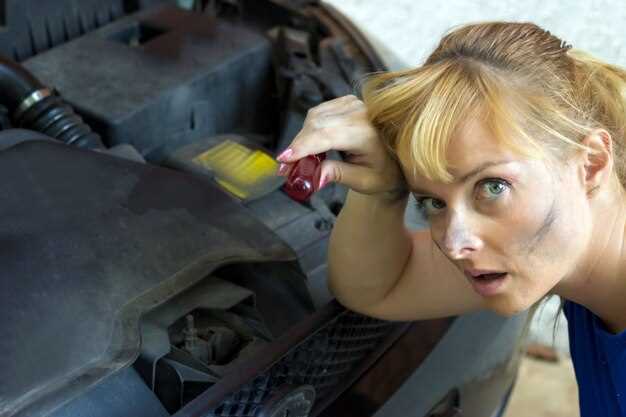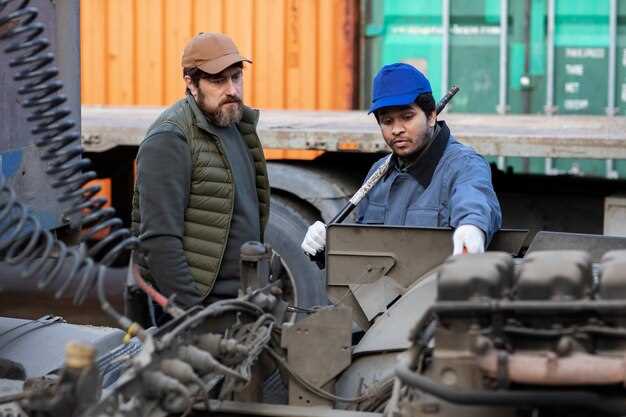
Replacing the engine in a salvage car can be a daunting task, but with the right approach, it can also be a rewarding experience. Whether you are looking to rebuild an existing engine or install a new one, understanding the process is crucial. It’s important to assess the condition of the vehicle and determine the best course of action for a successful engine replacement.
When dealing with salvage cars, you often encounter a variety of challenges, from sourcing a suitable engine to ensuring all components are compatible. Knowing where to find quality engines and how to properly install them can save you both time and money. In this guide, we will explore essential tips to help you navigate the complexities of engine replacement in salvage cars.
Furthermore, a successful engine replacement not only enhances the performance of your vehicle but also increases its overall value. Properly rebuilt engines can provide longevity and reliability, making your salvage project worthwhile. By following these tips, you can ensure that your engine replacement process is smooth and effective, leading to a car that is both functional and dependable.
Choosing the Right Engine for Your Swap

When it comes to replacing the engine in a salvage car, selecting the right engine is crucial for a successful swap. Begin by determining the compatibility of the engine with your car’s make and model. Research the specifications and requirements to ensure that the new engine will fit seamlessly within the existing framework.
One approach is to consider a rebuild of the existing engine. Rebuilding can often be a cost-effective alternative when the original engine has potential. It allows you to retain your car’s original components while enhancing performance and reliability. Additionally, exploring aftermarket enhancements during a rebuild can lead to improved efficiency and power.
If you opt for a replacement engine, sourcing a compatible engine from a salvage yard is key. Pay attention to the engine’s condition, mileage, and maintenance history. Ensure that the engine you select has been thoroughly inspected for any signs of wear or damage. A well-maintained engine can save you time and money in the long run.
Another important consideration is the engine type. Identify whether you want to stick with a stock engine for original performance or seek higher horsepower options that may require further modifications. Engine swaps can also entail changes to the transmission, exhaust system, and electrical components, so factor these elements into your decision-making process to avoid unforeseen complications.
Lastly, consulting with professionals or automotive enthusiasts who have experience with engine swaps can provide invaluable insights. Their firsthand knowledge can guide you in making the best choice based on your specific vehicle and performance aspirations. Remember, the right engine choice can significantly impact your salvage car’s performance and longevity.
Step-by-Step Guide to Engine Removal and Installation

Removing and installing an engine in a salvage car requires careful planning and execution. Follow this detailed guide to ensure a smooth process.
1. Preparation
Gather all necessary tools, including wrenches, sockets, engine hoist, and safety gear. Make sure to have an organized workspace. Disconnect the car battery and remove the front grill and hood for better access.
2. Drain Fluids
Drain all fluids from the engine, including oil, coolant, and fuel. This step is crucial to prevent spills and ensure safety during the removal process.
3. Disconnect Components
Disconnect all electrical connections, including sensors and wiring harnesses. Remove any belts, hoses, and exhaust components attached to the engine. Label all connections to facilitate reinstallation.
4. Support the Engine
Use an engine hoist to support the engine before you start detaching it from the engine mounts. Ensure that the hoist is securely positioned and that the engine is stable.
5. Remove Engine Mounts
Locate and remove the engine mounts. Make sure to keep the bolts in a safe place for reinstallation. Double-check that all connections have been detached before proceeding.
6. Lift the Engine
Carefully lift the engine out of the engine bay using the hoist. Make sure to maneuver it slowly to avoid damaging any surrounding components. Tilt the engine as necessary to clear obstacles.
7. Inspect Engine for Rebuild
Once removed, inspect the engine thoroughly. Check for any signs of wear or damage and assess whether it requires a rebuild. This might include replacing gaskets, seals, or other worn parts.
8. Installation of Rebuilt Engine
Begin the installation by aligning the rebuilt engine with the engine mounts in the vehicle. Carefully lower the engine into the engine bay, ensuring that it fits correctly without interference.
9. Reconnect Components
Reconnect all previously detached components, including electrical connections, hoses, and belts. Ensure all attachments are secure and correctly positioned.
10. Fill Fluids
After everything is reconnected, refill the engine with oil, coolant, and any other necessary fluids. Check for leaks and ensure proper levels before starting the engine.
11. Final Checks
Conduct thorough checks to ensure everything is correctly installed, and double-check all connections. Start the engine and listen for any unusual noises. Once satisfied, close the hood and perform a test drive.
Following these steps methodically will help ensure a successful engine removal and installation in your salvage car. Always prioritize safety and consult a professional if uncertain at any step.
Common Mistakes to Avoid During Engine Rebuilds
One of the most significant mistakes is skipping the initial assessment of the engine’s condition. Understanding whether a complete rebuild or a simpler swap is necessary is crucial before proceeding. Failing to diagnose underlying issues can lead to wasted time and resources.
Another common error is neglecting to document the disassembly process. Keeping track of component orientation and sequence is vital for a successful rebuild. Disorganized parts can lead to confusion during reassembly and increase the risk of improper installation.
Overlooking the importance of cleaning components is also a frequent pitfall. Contaminants can affect engine performance and longevity. Ensure all parts, particularly oil passages and mating surfaces, are thoroughly cleaned before reinstallation.
Using incorrect or substandard gaskets and seals is another mistake that should be avoided. Low-quality materials can lead to leaks and eventually engine failure. Always opt for manufacturer-approved replacements to ensure reliability.
Additionally, failing to adhere to proper torque specifications during assembly can result in severe damage. Use a torque wrench to ensure all fasteners are tightened to the correct settings, preventing issues such as blown head gaskets or stripped threads.
Lastly, bypassing break-in procedures after an engine rebuild can significantly reduce the lifespan of your work. Properly seating rings and allowing the engine to adjust to new components is essential for optimal performance. Never overlook this critical step.
